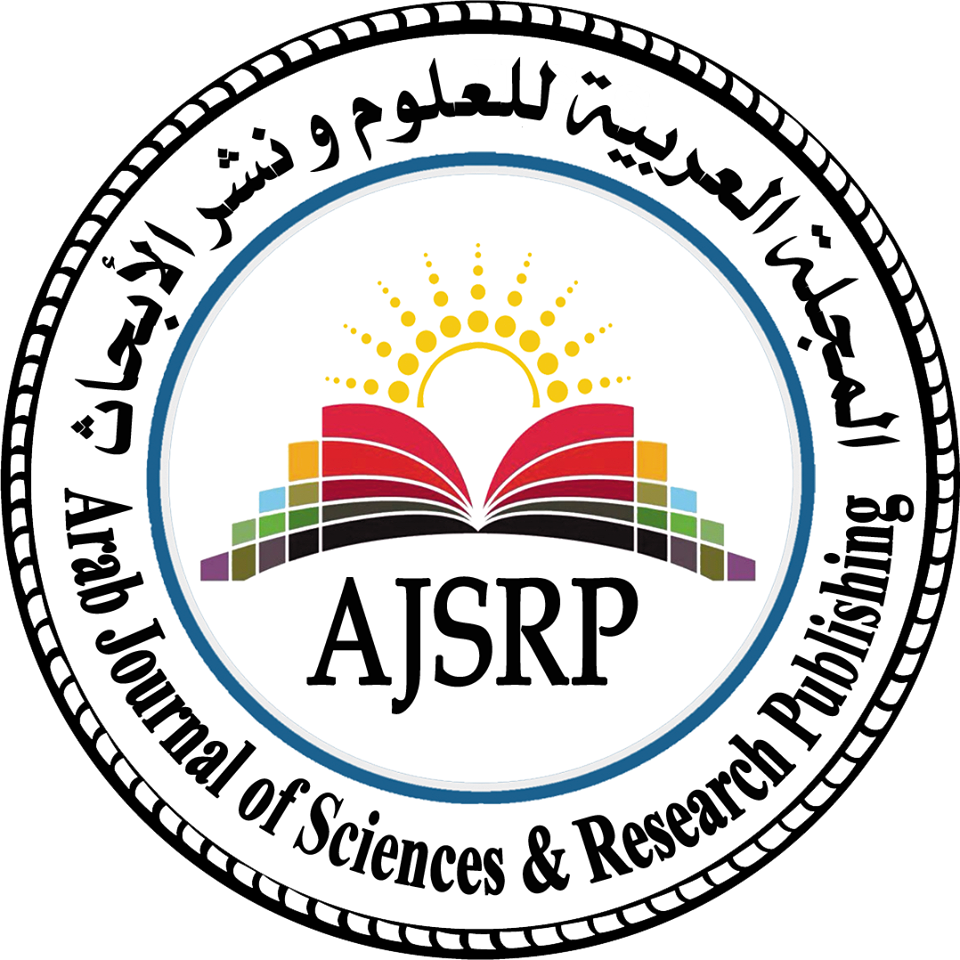The cases of negation and affirmation of “enna :”إن \ Grammatical study
Ibraheem Khaleel Abu Galia
Al-Quds University
Abstract: The study addresses light “In”/ “إن” in both cases of negation and affirmation in which it examines the origins of affirmative “In” and it finds that its origin is probably comes from dark “Inna”, and it mentions multiple evidence on this. However, the opinion that says that it is has a dual origin and is not used for other than negation is weak and not probable. The study also clarifies the purpose in which it comes in its light form with maintaining its affirmative indication. Also, “In” is less affirmative than “Inna” and it should come with “L” “ل” letter in its light form, in which it supposes to always happen except for few cases where we can distinguish it from “In” of negation.
There are multiple regulations and standards to distinguish between negative and affirmative “In”, some of which can be detected from the context and other can be detected from the style such as when it comes with the letter “ ل” “L”, “الا” “Illa”/ “لما” “lamma”, and “من” “Min” ,as well as, the word “ادري”.
There is a common factor between “In” of negation and affirmative “In” which is that both affirm the meaning of the sentence, however, affirmative “In” affirms the sentence less than dark “Inna”. “In” of negation is one of the most negative prepositions that affirms the sentence and it is used when the affirmation indication is reinforced. Thus, it commonly comes as a response for denying an indefinite. Also, it is used in limitation style in the cases of that the speaker doesn’t know the information but still doesn’t deny it and in other same cases.
Keywords: grammar, negation “enna”, affirmation “enna”, negligence, emphasizing, restriction.
(إنْ) المُخَفّفة بين الإثبات والنفي: دراسة نحوية
إبراهيم خليل أبو غالية
جامعة القدس
المستخلص: يتناول هذا البحث “إنْ” المخففة في حالتي الإثبات والنفي؛ فدرس أصل “إنْ” المثبتة، ورجح أنّ أصلها “إنّ” الثقيلة، وذكر أدلة متعددة على ذلك، وضعف الرأي القائل بأنها ثنائية الأصل ولا تأتي لغير النفي، وبين الغرض الذي يؤتى بها من أجله مخففة مع حفاظها على دلالة التوكيد، وهي دون “إنّ” الثقيلة توكيدًا، والأصل أنْ تلازمها اللام عند التحفيف، وهذا مطرد في جملتها إلا في حالات قليلة إذا أمن اللبس بينها وبين “إنْ” النافية.
هناك ضوابط متعددة للتمييز بين “إنْ” المثبتة والنافية؛ بعضها راجع إلى دلالة السياق، وبعضها الآخر عائد إلى الأسلوب كلزوم اللام، ودخول “إلا” و”لما”، ودخول “مِنْ” الزائدة، ودخولها على أدري.
وثَمّةَ قاسم مشترك بين “إنْ” المثبتة، “وإنْ” النافية، وهو كونهما يؤكدان مضمون الجملة، فإنْ المثبتة تؤكد الجملة بنسبة أقلّ من الثقيلة، و”إنْ” النافية أشدّ أدوات النفي توكيدًا، وهي تستعمل عندما يراد تعزيز دلالة التوكيد؛ لذا فهي ترد كثيرًا جوابًا على إنكار منكر، كما إنّها تستعمل في أسلوب الحصر لما يعلمه الخاطب ولا ينكره، ولمن ينزّل هذه المنزلة.
الكلمات المفتاحية: إنْ المخففة، إن النافية، الإعمال والإهمال، التوكيد، اللام الفارقة، الحصر.
